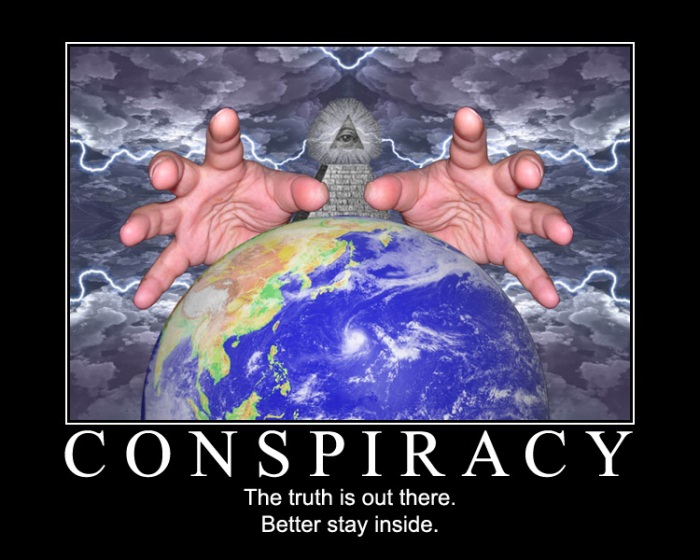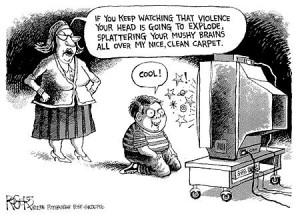Cultivation Theory
Cultivation theory is a social theory, which aims to examine the long term impacts of television viewing. It operates with the presumption that the more people watch television, the more their perceptions of the world will begin to be altered and formed by the media that is being consumed. A significant portion of the theory surrounds violence in media, and it suggests that since so many television programs show violent content or news stations report on violent stories, that individuals who frequently watch television’s perception of reality is altered to the extent where they believe the word is much more dark and violent than it truly is.
An example of cultivation theory is the exposure of women to “thin media.” Media today is inundated with women that are incredibly and often unhealthily thin. The more the average woman watches television programs that feature extremely thin women and present them as the norm, the more their thoughts will be cultivated to believe that in the real world, a very thin woman is the social norm and cultural expectation. 








